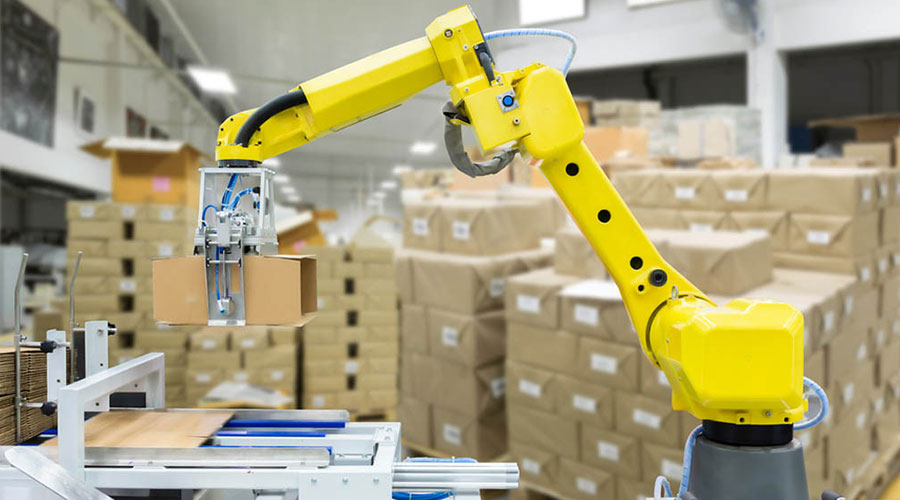
The automated materials handling equipment segment is projected to grow from $14.7 billion in 2019 to $21.1 billion by 2024, with a compound annual growth rate of 6.5% through 2024.
The warehouse and supply chain management software segment is estimated to grow from $5.7 billion in 2019 to $8.6 billion by 2024, with a compound annual growth rate of 8.5% during that period.
A labour market in which it is progressively hard to select, train, and hold labourers is a central point driving the development of the robotized materials dealing with the gear market. Coordinating plans and dealing with your labour force is among the most essential obligations of running your distribution centre (DC). All things considered, if there's nobody there to stack, dump, pick and boat, work halts. Past that, you measure worker execution to decide whether operational objectives are being met — and when they aren't, you refine cycles to make enhancements.
The market expects an accumulated yearly development pace of 7.1% through 2024 and possibly worth $28.7 billion. The best development was valued at $1.3 billion out of 2018 and is required to develop to $2 billion by 2024.
This development implies that data about the gear and how it functions is currently more broadly accessible. For instance, enhancements in printing innovation materials and programming control have drastically progressed 3D printing capacities.
Gear breakdowns are liable for sudden expenses for makers, and making fixes in an opportune way is significant. Getting extra parts can require significant investment in any event when they're free in the producer's area. 3D printing can copy the part and return the framework to support rapidly, and certain organizations have dispatched explicitly to deal with these circumstances.
Experienced, learned bosses can, indeed, make viable timetables that are 90% to 96% precise intending to office needs and administration level responsibilities. Nonetheless, work costs make up a full half of DC working costs — and being misguided by 6% in an office with yearly finance of $10 million methods $600,000 in superfluous costs.
Some warehouse innovations are intended to improve on parts of distribution centre work by breaking a task into subtasks and, where conceivable, eliminating the abilities expected of the labour force. Across all occupations in stockrooms, reasonable advances are probably going to supplant some human-performed dynamic undertakings with machines, essentially changing the piece and nature of occupations. Sometimes, the de-skilling gives off an impression of being roused by a longing to move work procedure, including growing the size of the potential work market, expanding the utilization of impermanent labourers, diminishing the labour force in specific occupations, and upgrading specialist profitability.
Preparing labourers to perform higher-talented assignments is one expected road for transformation to mechanical change, however, this technique seems, by all accounts, to be underutilized in warehousing. All things considered, work redistribution probably will overwhelm in the short and medium-term, upheld by cycles of de-skilling and work escalation.
Organizations today can't draw in individuals that they should be serious with different organizations.
What's more, that is the place where robotization is assisting, as the innovation can play out the positions that are going unfilled.
Advances in innovation will proceed and organizations understand that innovation is a valuable instrument to stay serious in a worldwide market.
POSTED BY
Team 13SQFT